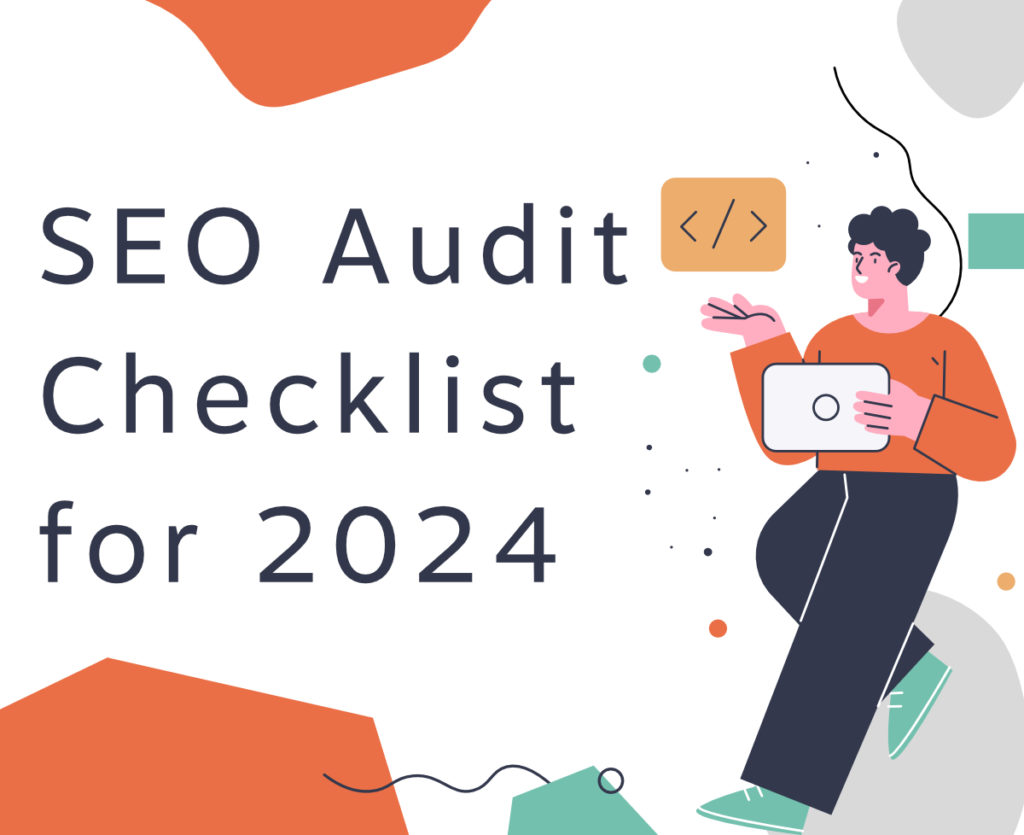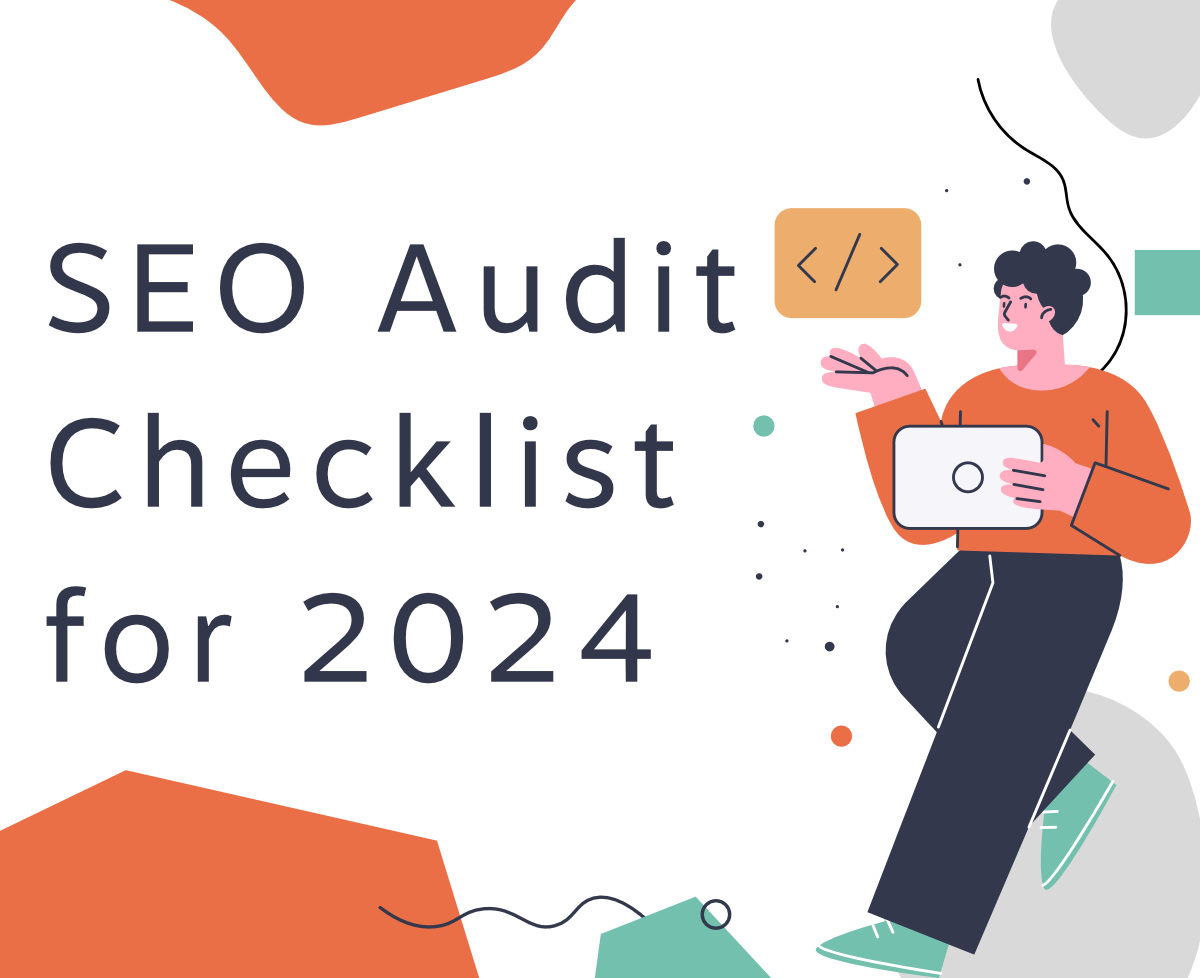Why is a SEO Audit Checklist important? By conducting an SEO audit you are evaluating the health and significance of your website’s search engine optimisation efforts. Here’s a step-by-step guide to help you perform an SEO audit checklist:
1. Set Your Goals
Define the objectives of your SEO audit. Whether it’s to improve organic traffic, identify technical issues, or enhance user experience, having clear goals will guide your audit.
2. Crawl Your Website
Use crawling tools like Screaming Frog, Ahrefs Site Audit, or SEMrush Site Audit to crawl your website and identify potential issues such as broken links, duplicate content, and missing metadata.
3. Analyse Website Structure and Navigation
Check your website has a logical and user-friendly structure. Ensure that all necessary pages are easily accessible and have a clear navigation hierarchy.
4. Keyword Research and Analysis
Review your keyword strategy and target keywords. Make sure your chosen keywords are relevant and have sufficient search volume. Identify new opportunities for targeting keywords.
5. Content Evaluation
Assess the quality and relevance of your website’s content. Look for duplicate content, thin content, or outdated information. Focus on building valuable and engaging content for your audience.
6. On-PAge SEO Analysis
Review on-page elements such as title tags, meta descriptions, headings (H1, H2, etc.), and keyword usage. Optimise these elements for better search visibility and user experience.
7. Technical SEO Check
Examine technical aspects such as website speed, mobile-friendliness, canonical URLs, XML sitemap, robots.txt, and structured data markup. Fix any technical issues that may affect search engine crawling and indexing.
8. Backlink Profile Evaluation
Analyse your backlinks for quality, relevance, and potential spammy links. Disavow toxic backlinks if necessary and focus on building high-quality, natural backlinks.
9. Local SEO Audit (if applicable)
For local businesses, check your local SEO efforts, such as Google My Business optimisation, local citations, and customer reviews.
10. Competitor Analysis
Research and compare your website’s performance against your competitors. Identify areas where you can enhance and learn from their successful strategies.
11. Check for Penalities or Manual Actions
Look for any Google penalties or manual actions that might affect your website’s rankings. Utilise Google Search Console to identify and resolve these issues.
12. User Experience (UX) Review
Assess the overall user experience on your website, including site speed, mobile responsiveness, ease of navigation, and clear call-to-action.
13. Analytics Review
Dive into your website’s analytics (e.g., Google Analytics) to understand user behaviour, traffic sources, and conversion rates. Use data insights to optimize your SEO strategy.
14. Create an Action Plan
Based on your audit findings, prioritise the issues you’ve discovered and create a detailed action plan with specific tasks, responsible team members, and timelines.
15. Regular Monitoring and Reporting
Conclusion
SEO is an ongoing process. Continuously monitor your website’s performance and regularly review your SEO efforts. Adjust your strategies based on results and search engine algorithm updates.
A comprehensive SEO audit is vital in improving your website’s search engine rankings and all-round performance. By addressing the identified issues and implementing best practices, you can enhance your website’s visibility and user experience and navigate more organic traffic to your site.
Find out more about how you can your own SEO Audit Checklist for 2024 by visiting our blog page.
Here are some other considerations for building a SEO Audit Checklist for 2024





